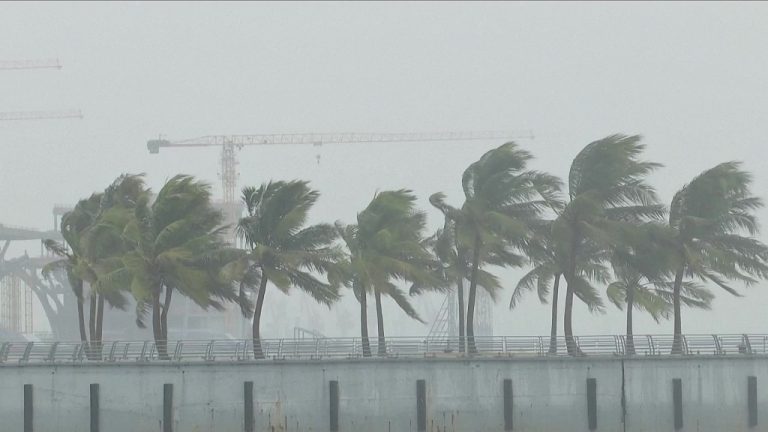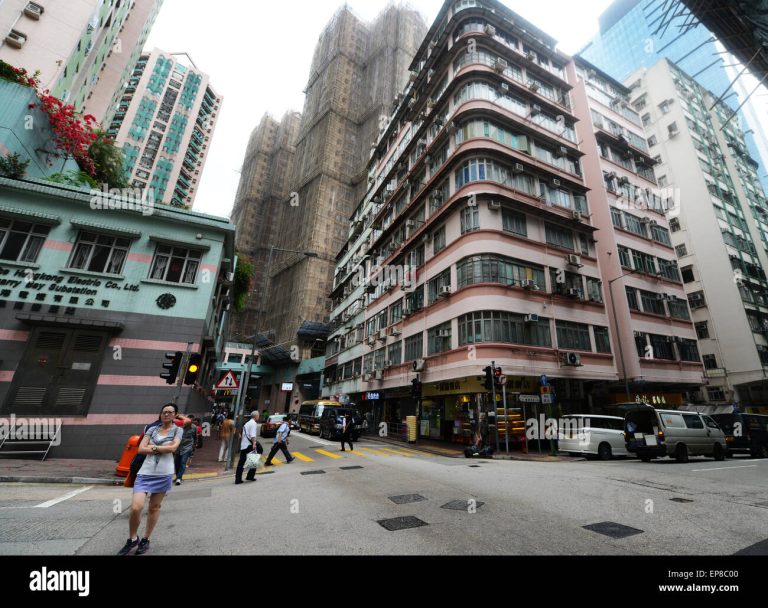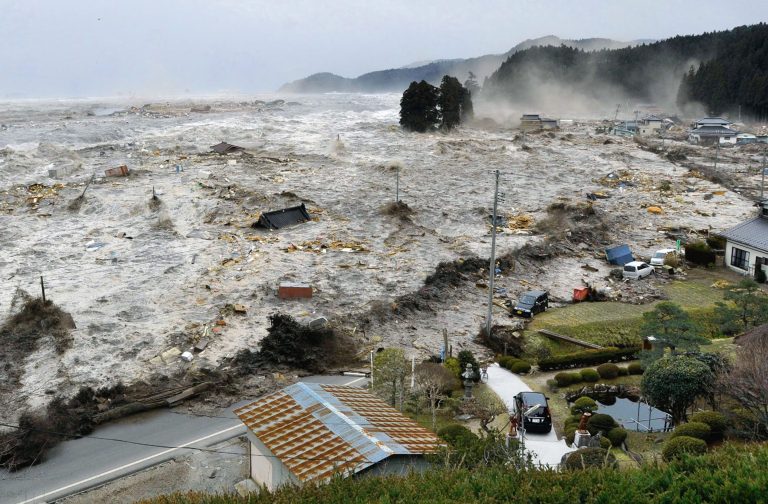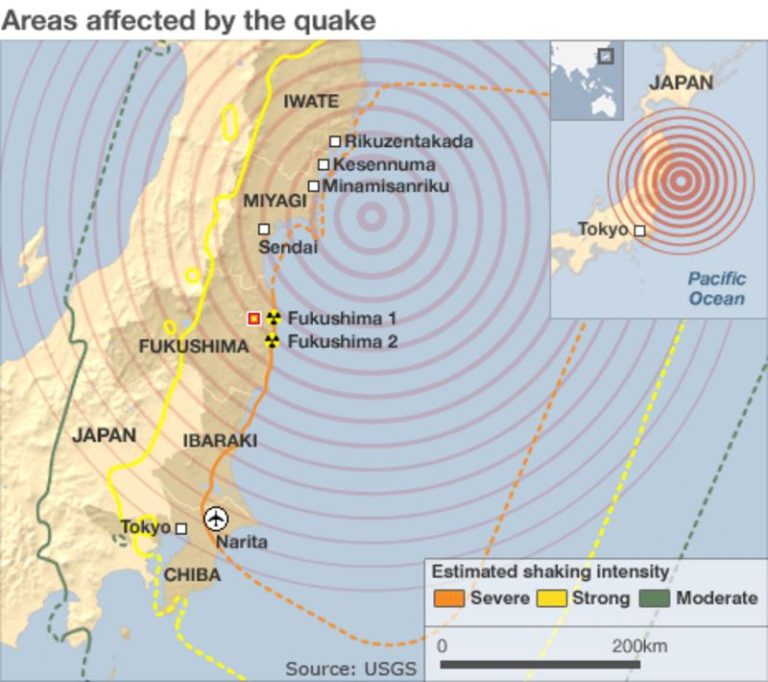Introduction: Setting the Context of Power Shutdowns in Hong Kong’s Aging Buildings
In Hong Kong, many old buildings are facing a big problem: power shutdowns. These buildings, some over 50 years old, were built long before modern electrical systems. As the city grows, the demand for electricity increases, but the old wiring and equipment in these buildings can’t keep up. When power shuts down, it causes trouble for residents and businesses. This article will explain why these shutdowns happen, the risks they bring, and how insurance can help protect people and property in such situations.
1. The Growing Issue of Power Shutdowns in Old Buildings: An Overview
Power shutdowns are becoming more common in Hong Kong’s older buildings. Many of these structures were built decades ago, and their electrical systems are outdated. With more people using air conditioners, computers, and other devices, the old systems get overloaded. This leads to sudden power cuts. These shutdowns can last for hours or even days, disrupting daily life and causing damage to appliances. It’s a serious issue that needs attention, especially in a busy city like Hong Kong where electricity is essential.
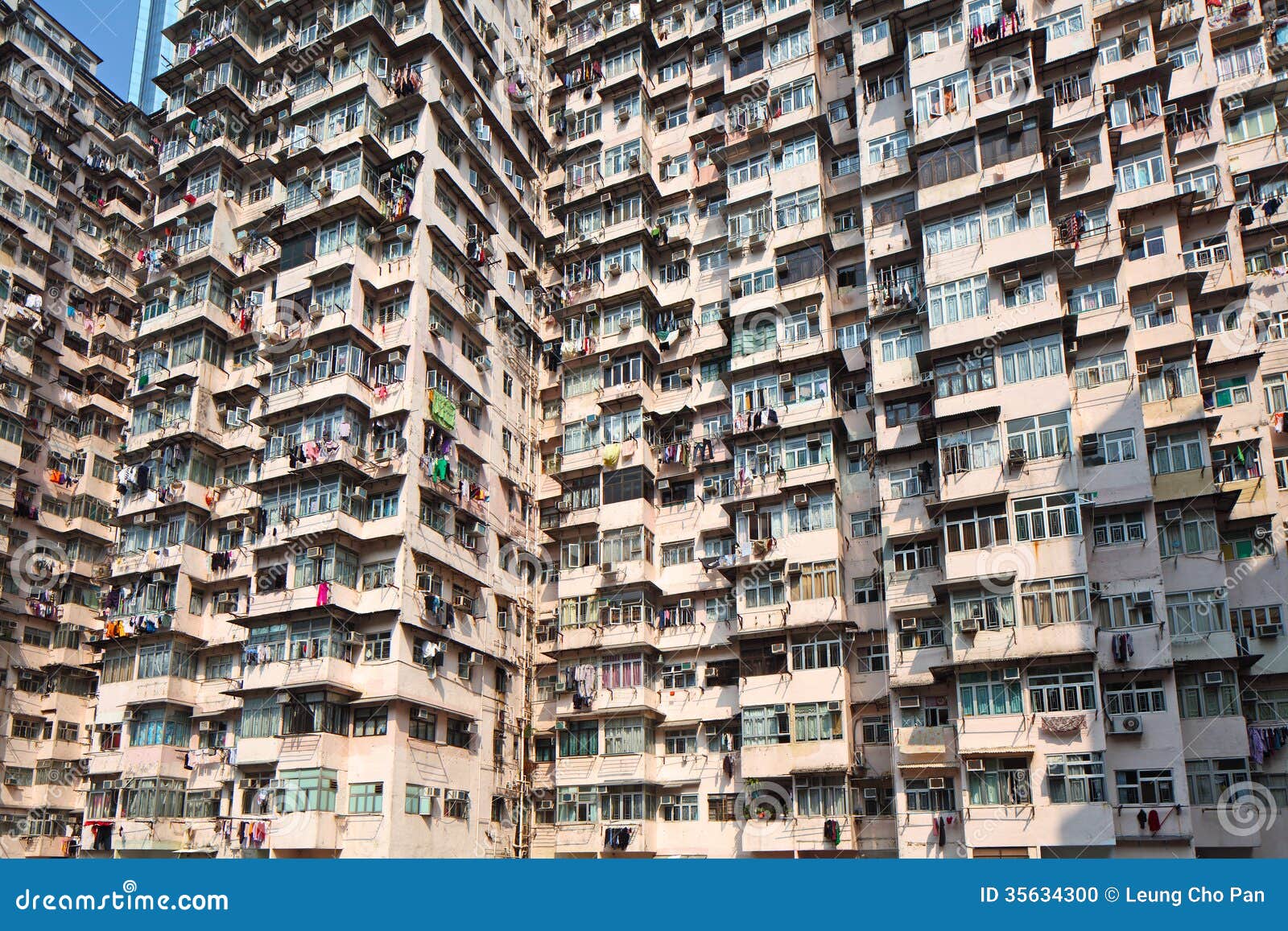
2. The Role of Aging Electrical Systems in Power Shutdowns: A Technical Perspective
The main reason for power shutdowns in old buildings is the age of their electrical systems. Wires, circuit breakers, and transformers in these buildings are often worn out. Over time, wires can fray or break, and equipment can fail under heavy use. When too much electricity flows through old systems, they overheat and shut down to prevent fires. This is a safety feature, but it still leaves people without power. Upgrading these systems is expensive, so many building owners delay repairs, making the problem worse.
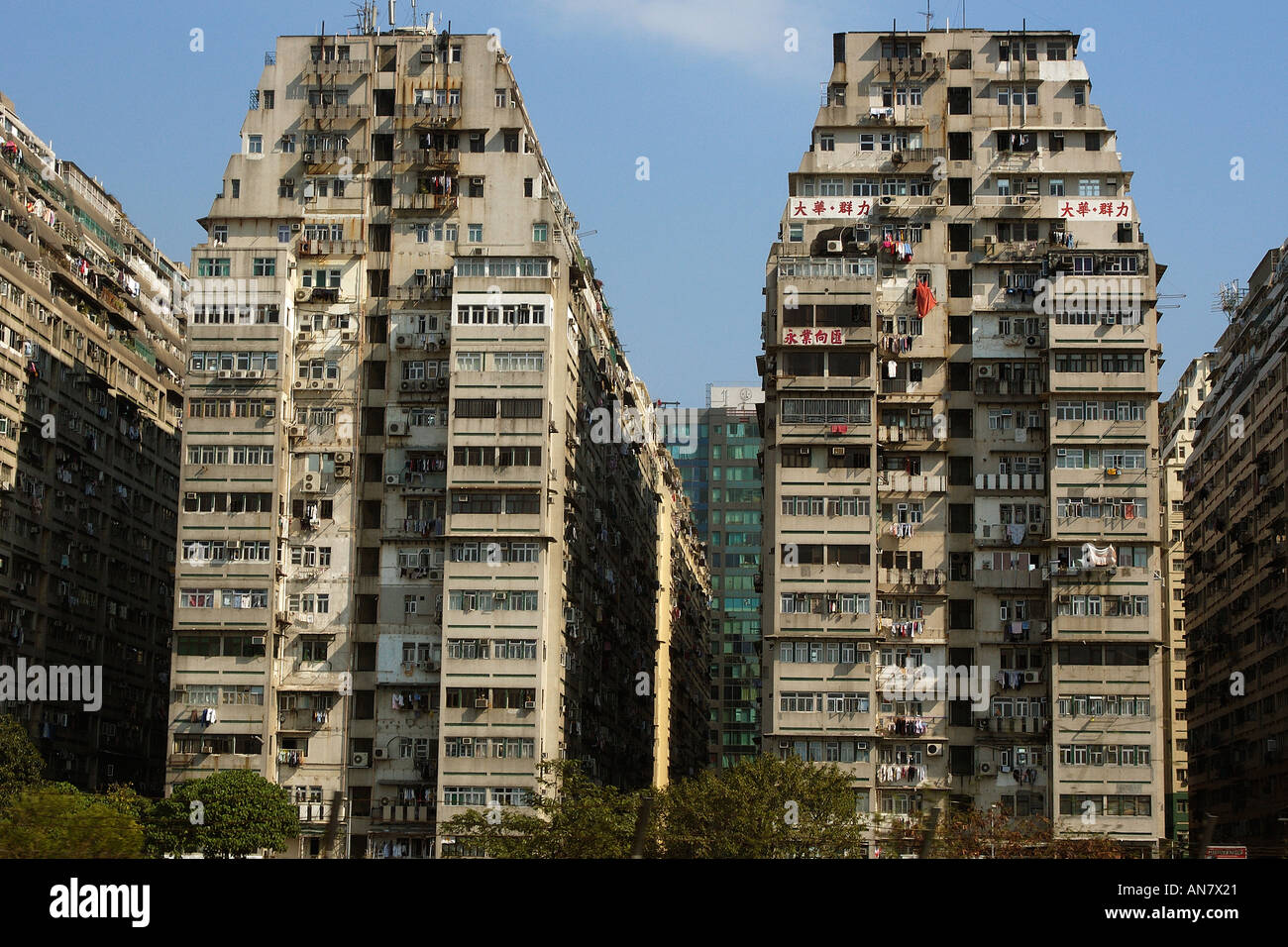
3. Understanding the Risks Associated with Power Shutdowns: Safety, Financial, and Operational Implications
Power shutdowns bring several risks. First, there’s a safety issue. Without power, lights go off, elevators stop, and security systems fail, which can be dangerous. Second, there’s a financial cost. Businesses lose money when they can’t operate, and residents may have to replace damaged appliances. Third, daily operations get disrupted. Imagine a restaurant losing power and not being able to cook, or a family stuck without air conditioning in hot weather. These risks show why power shutdowns are a big problem that needs solutions.

4. How Insurance Policies Can Mitigate Risks: A Comprehensive Analysis
Insurance can help in many ways when power shutdowns happen. Some policies cover damage to appliances caused by sudden power cuts. For businesses, there are plans that pay for lost income if they have to close due to a shutdown. Insurance can also cover the cost of temporary fixes, like renting a generator. Property owners can get coverage for repairs to electrical systems if the shutdown causes bigger damage. It’s important to read the insurance policy carefully to know what is covered. Having the right insurance can reduce stress and financial loss during a power shutdown.
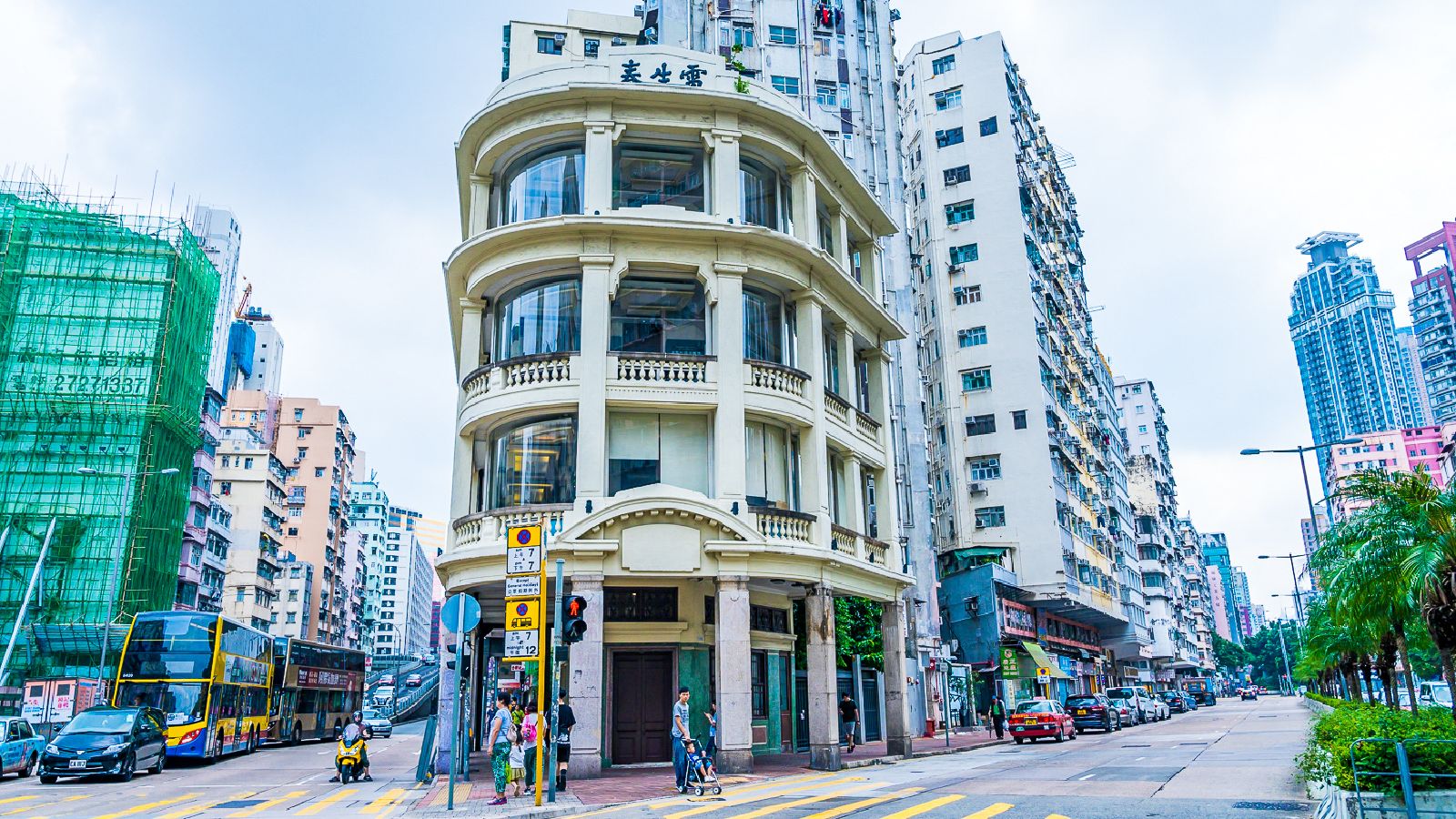
5. The Impact of ITF Funding Schemes on Building Maintenance and Safety
The Hong Kong government offers help through the Integrated Building Rehabilitation Assistance Scheme under the Urban Renewal Authority, often supported by ITF (Innovation and Technology Fund) initiatives. These programs give money to building owners to fix old systems, including electrical wiring. By using this funding, owners can upgrade their buildings to prevent power shutdowns. This not only makes buildings safer but also reduces the chances of sudden power cuts. Owners should check if they qualify for these schemes to improve their property without spending too much of their own money.
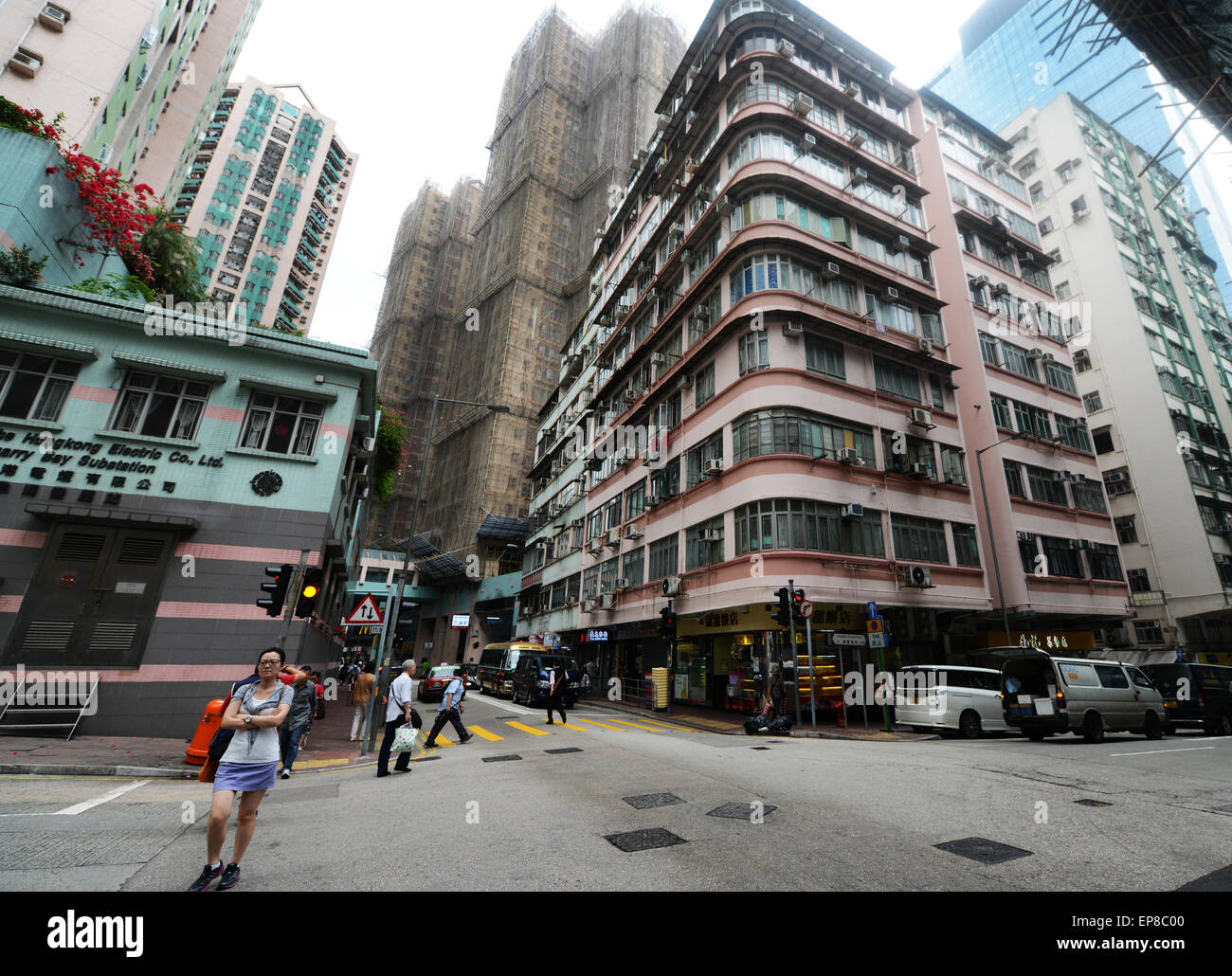
6. Strategic Approaches to Preventing Power Shutdowns: A Proactive Building Management Plan
Preventing power shutdowns starts with good planning. Building managers should regularly check electrical systems for wear and tear. They can hire experts to inspect wiring and equipment every few years. It’s also smart to limit how much electricity is used at once by encouraging energy-saving habits. Installing backup power systems, like generators, can help during emergencies. A clear plan for maintenance and upgrades can stop problems before they start, keeping everyone safe and reducing the risk of shutdowns.
7. Case Studies: Real-Life Scenarios of Power Shutdowns and Insurance Interventions
Let’s look at some real examples. In one old building in Kowloon, a power shutdown lasted two days after wiring failed. A small shop in the building lost thousands of dollars in sales, but their insurance covered the loss. In another case, a residential building in Wan Chai had a shutdown that damaged refrigerators. The residents’ insurance paid for new appliances. These stories show how insurance can step in to help when power cuts cause trouble. They also remind us why preparing for such events is so important.
8. The Future of Building Safety in Hong Kong: Innovations and Regulatory Changes
Looking ahead, Hong Kong is working on making buildings safer. New technology, like smart electrical systems, can warn managers before a shutdown happens. The government is also making stricter rules to force owners to maintain their buildings better. There are plans to offer more funding for upgrades in old buildings. These changes aim to reduce power shutdowns and protect people. Staying updated on these innovations and laws can help building owners and residents prepare for a safer future.
9. Conclusion: Protecting Property and Livelihoods Through Awareness and Preparedness
Power shutdowns in Hong Kong’s old buildings are a growing problem, but there are ways to handle them. Understanding the risks, maintaining electrical systems, and having the right insurance can make a big difference. Government funding and new technology also offer hope for safer buildings. By staying aware and prepared, property owners and residents can protect their homes and businesses from the troubles caused by power cuts. Taking action now can save money, time, and stress later.





